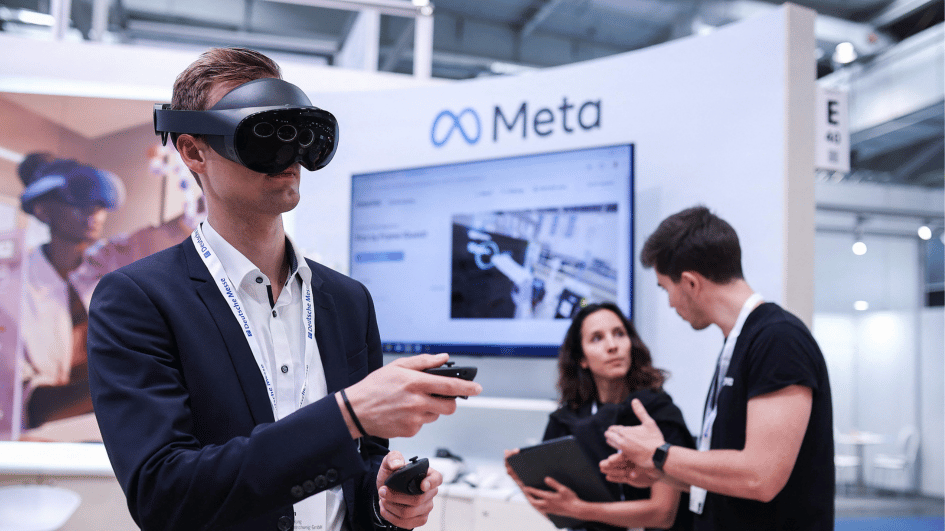Nuclear Soul Searching in Seoul
PROF. DR. MUSTAFA KİBAROĞLU
If you think Israel’s alleged plans to hit Iran’s nuclear facilities constitute the biggest threat to international peace and stability, you’d better think again, and consider this instead: the threat of the use of a nuclear device by terrorist groups! Remote as the prospect may seem at the first glance, terrorist attacks with nuclear devices, if and when realized, would surely have catastrophic and irreversible effects.The threat of nuclear terrorism is not hype, nor is it “an instrument of big powers who want to pursue their hegemonic policies” as some argue as a reaction to the leadership role of the United States on this initiative.
Skeptics must remember that it was indeed the Fissile Materials Working Group (www.fmwg.org), which involves more than 35 American expert organizations and over 30 international partner organizations, whose consensus recommendations to the Obama administration for improving nuclear material security, published in September 2009, prompted the U.S. President to launch the Nuclear Security Summit in April 2010 in Washington DC, with the participation of the heads of state and government of 46 states and the chiefs of international organizations.
Then, world leaders underlined the importance as well as the urgency of taking swift and effective measures against the threat posed by the possibility of nuclear materials - namely, Highly Enriched Uranium (HEU) and Plutonium - passing into the hands of international terrorist networks.
Hopefully, it is beyond the capability of terrorist organizations to build facilities to secretly produce HEU or Plutonium. Yet they may well get unauthorized access to such facilities and seize enough material to use in their attacks. Thus, what must be done is simply reduce the amount of existing stocks, as well as to keep the remaining stocks away from the access of terrorists.
Since the 2010 Summit, Kazakhstan increased security measures on its highly enriched uranium (HEU) and plutonium to make 775 nuclear weapons; Russia ended its plutonium production; and Ukraine has removed most of its HEU. These are notable achievements by the countries where the bulk of world’s nuclear material stockpile exists, and lend confidence to one that progress in this field is possible.
The world leaders will get together again on 26-27 March 2012, this time in Seoul, South Korea, with a view to reviewing the pace of implementation of the “four-year goal of securing all nuclear material worldwide” that was agreed upon at the first Summit meeting, and to suggest new targets.
One might think that there is nothing to worry about, so long as world leaders are paying attention to the threat in question. No doubt, repetition of an exceptional summit event on an important subject is highly reassuring at the political level.
However, much is needed to be done at the lower levels of state mechanisms around the world, especially in the areas of technical cooperation and intelligence sharing, with respect to the safety and security of nuclear material stocks that would be enough to produce more than 100,000 nuclear weapons.
While a significant proportion of these nuclear material are kept in military installations that are relatively well-equipped in terms of safety and security measures, there are also more than a hundred civilian nuclear reactors in the world that use HEU or Plutonium, as well as laboratories and other sensitive facilities, which may be targeted by terrorists to gain access to nuclear material for realizing their evil plans.
Hence, by simply investing in the safety and security of nuclear materials, the world may be a much safer place to live, away from the threat of the use of nuclear devices in terrorist attacks. For this to happen, first and foremost, it is necessary to start with acknowledging that the threat is real and that no one is immune from it or can be protected against it.
Prof. Dr. Mustafa Kibaroğlu, chair Department of International Relations director, Okan University. His personal website is: www.mustafakibaroglu.com











